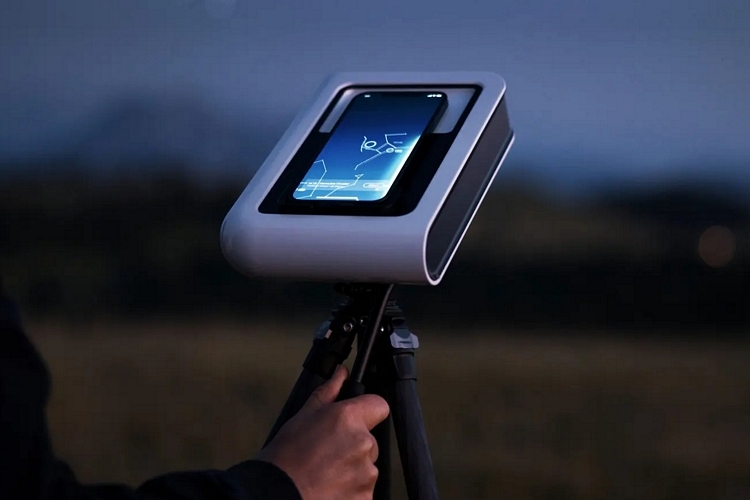An excellent illustration of how telescopes are developing and becoming more and more popular is the Vaonis Hestia. The world’s first smartphone-based telescope, it was unveiled about a year ago with the goal of democratizing access to astronomy. It is an amazing tool for novice and experienced astronomers alike, based on my testing of its stargazing potential.

The Hestia is part of a new wave of smart telescopes that have emerged in recent years. Vaonis, the company behind the Hestia, also manufactures the Vespera smart telescope. The Vespera can automatically detect visible deep space objects based on your location and adjust its orientation to provide a closer look at galaxies, nebulae, or distant planets. It also simplifies astrophotography, making it accessible to users with varying levels of expertise.

One of the Hestia’s standout features is its integration with smartphones. By connecting directly to a smartphone, it uses the phone’s camera and screen as the telescope’s eyepiece, offering a familiar and intuitive interface. This integration also allows users to capture and share their astronomical observations effortlessly, without needing additional equipment or advanced photography skills.
User-friendliness and portability are prioritized in the design of the Hestia. In contrast to conventional telescopes, which can be heavy and need special handling, the Hestia is small and light. This eliminates the typical inconveniences associated with using a telescope, making it simple to take on excursions or set up in a backyard. Because of its simplicity and convenience of use, amateur astronomers may now join the field more easily, making it a great option for both novices and enthusiasts.

The Hestia also shines in the area of functionality. There is no need for manual adjustments because the telescope can automatically align itself with astronomical objects. This function is especially helpful for inexperienced users who might find it difficult to align objects using conventional approaches. The intelligent features of the Hestia guarantee that users may find and see different celestial bodies with ease and speed enhancing the overall stargazing experience
By integrating with a smartphone, the Hestia can utilize various astronomy apps and software. These apps provide real-time information about visible celestial objects, guided tours of the night sky, and optimal viewing times based on the user’s location. This additional layer of information and guidance can greatly enrich the stargazing experience, offering valuable insights and context about what users are observing.
Astrophotography is another significant advantage of the Hestia. Capturing clear and detailed images of space has traditionally been a complex task, requiring specialized equipment and knowledge. The Hestia simplifies this process, allowing users to take high-quality photos directly through their smartphone. This capability opens up the world of astrophotography to a broader audience, enabling more people to document and share their observations.
The potential of the Hestia for education and outreach is substantial. By making astronomy more accessible and engaging, it can inspire a new generation of stargazers and scientists. Schools, community groups, and amateur astronomy clubs can all benefit from the Hestia’s user-friendly design and advanced capabilities. The device can serve as a powerful tool for teaching and learning about the night sky, sparking curiosity and fostering a deeper appreciation for the universe.

The evolution of telescopes like the Hestia represents a significant advancement in the field of astronomy. It combines ease of use, portability, and smart capabilities to make stargazing more accessible than ever before. Its integration with smartphones leverages familiar technology to simplify the stargazing process, lowering the barrier to entry for amateur astronomers and enabling more people to explore the wonders of the night sky.

Considerable advancement in telescope technology has been made with the Vaonis Hestia. It provides a simple and portable way to see and take pictures of astronomical objects by connecting straight to cellphones. Stargazers benefit greatly from its intelligent features and seamless interaction with astronomy applications, which amplifies the whole experience and offers insightful instruction. A larger audience will find astronomy more approachable and captivating thanks to the Hestia’s potential for education and outreach, which emphasizes the importance of the spacecraft. The Hestia is expected to be a major contributor to astronomy’s increased appeal and to the inspiration of upcoming generations of stargazers as telescope technology advances.
If you like the article please follow on THE UBJ.

